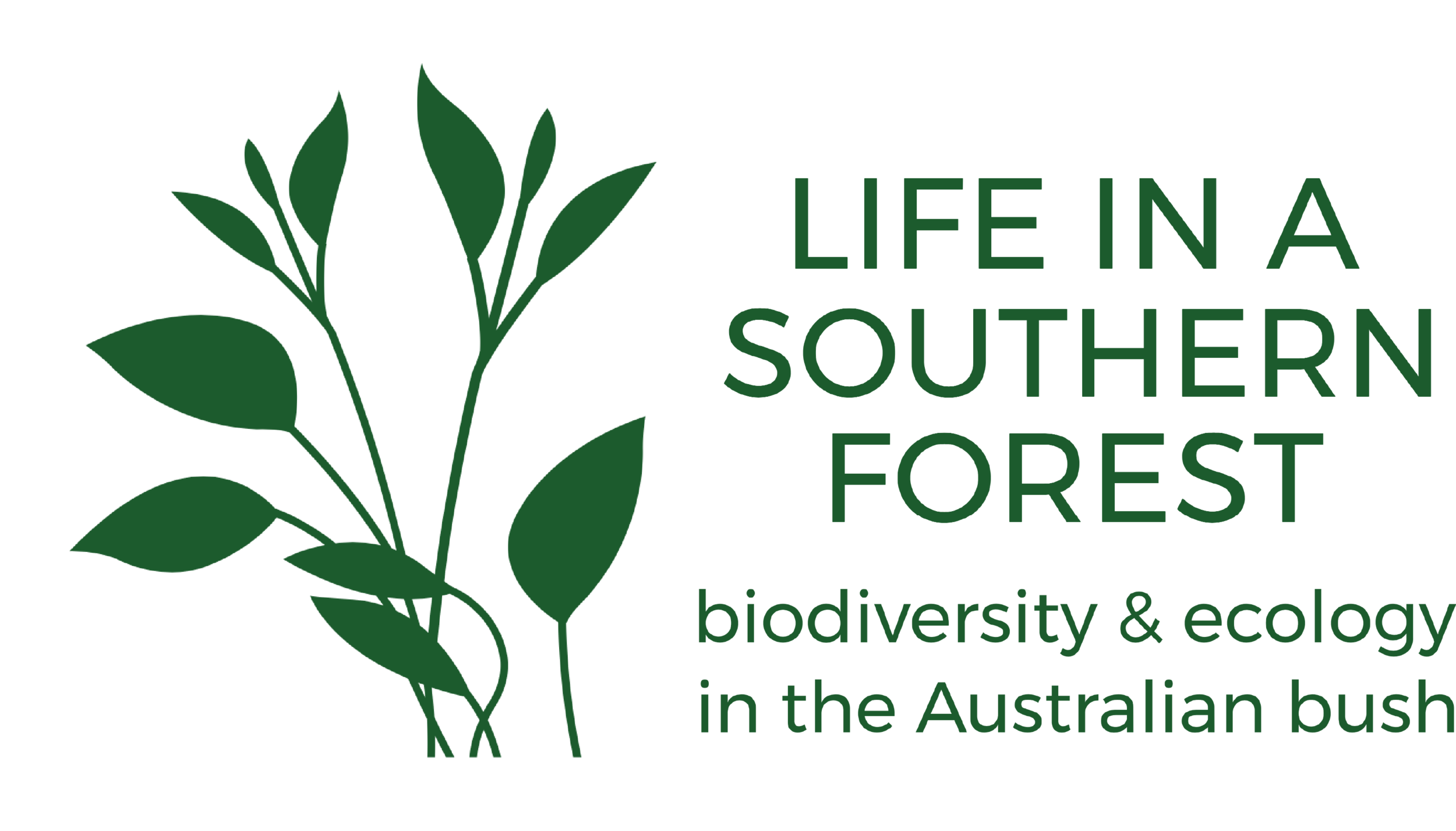
clypeus shape
HOLOTYPE DESCRIPTION: “Clypeus short and broad, with a subrecumbent lamina which is broadly incomplete medially, each side of the lamina curved mesad and upward so that, from above, there appears to be a pair of small teeth;apical clypeal margin truncate medially, dentate opposite lateral margins of lamina and with a pair of smaller teeth mesad of these” (Evans 1982, p. 352)
NOTE re VARIATION: “… the degree to which the lamina is incomplete medially varies somewhat; there may be a rather broad space that is unthickened and unpigmented, or at the other extreme the lateral margins may be connect by a somewhat thickened and pigmented ridge which is, however, depressed.” (Evans, 1982 p. 353)

clypeus colour
HOLOTYPE DESCRIPTION: “clypeus yellow except narrowly dark along apical margin and that of lamina, also black mediobasally” (Evans 1982, p. 351)
NOTE re VARIATION: “I have seen a few females in which the clypeus is mostly or wholly black” (Evans 1982 p. 353)

clypeus shape
The clypeus is subrecumbent … a condition best assessed in a lateral view such as this.

mesopleuron shape
KEY STEP 1: “Mesopleura rounded, without a tubercle, spinose process, or carinae on lower central part” (Evans 1982, p. 305)
Note that C. megacantha is otherwise. In that species the mesopleural process is very large, spinose, and strongly projecting from the sides of the thorax. It would be obvious!

lateral view of thorax (colour)
There is a suggestion of a yellow spot in the anterodorsal region of the mesopleuron. Othewise it is entirely black.

head shape & colour (viewed dorsally)
Head broad. Distance between lateral ocellus and eye (OOL) is much greater than the distance separating the lateral ocelli (POL).
Upper orbits and vertex each with a pair of yellow spots.

dorsal thorax colour & punctation
HOLOTYPE DESCRIPTION: “pronotal collar, tegulae, scutellum, and propodeal slope each with a pair of yellow spots; metanotum transversely yellow” (Evans 1982, p. 351)
“mesoscutum and scutellum with small, subcontiguous punctures with a longitudinal bias” (Evans 1982 p. 352)

dorsal thorax & propodeum colour
HOLOTYPE DESCRIPTION: “… tegulae, scutellum, and propodeal slope each with a pair of yellow spots; metanotum transversely yellow” (Evans 1982, p. 351)

propodeal structure
HOLOTYPE DESCRIPTION: “enclosure of type B, dull, with a few punctures and short, basal striae” (Evans, 1982 p. 352)

petiole shape & colour
HOLOTYPE DESCRIPTION: “petiole about as wide as long, sides subparallel, bearing some long, pale setae” …“petiole yellow except black basally” (Evans 1982, pp. 351-2)

HOLOTYPE DESCRIPTION: “T2 transversely yellow just before posterior margin, this yellow extending to include lateral margins” (Evans 1982, p. 351)
NOTE re VARIATION: “the amount of yellow on T2 is also variable, and some specimens have rufous areas on T2, either posteriorly or bordering the anterior black” (Evans 1982, p. 353)

T2-5 colour & structure
HOLOTYPE DESCRIPTION: “T2 transversely yellow just before posterior margin, this yellow extending to include lateral margins; T3 with a narrow yellow band posteriorly and T4 and 5 with wider yellow bands” … “Tl-5 with small, subcontiguous punctures, interspaces alutaceous, rather weakly shining” (Evans 1982 pp. 351-2)
NOTE: compare the colour bands as seen in life (panel at top of page) with the dramatic loss of yellow pigment after death (here).

forewing venation & length
Wing venation varies little between Cerceris species, but colour does.
HOLOTYPE DESCRIPTION: Wings subhyaline, fore wing fumose along costal margin; stigma pale amber” (Evans 1982 p. 352)
The forewing length of this female is nearly 8mm, the same as in the holotype … although Evans reports wide size variation (6.5-10mm).













